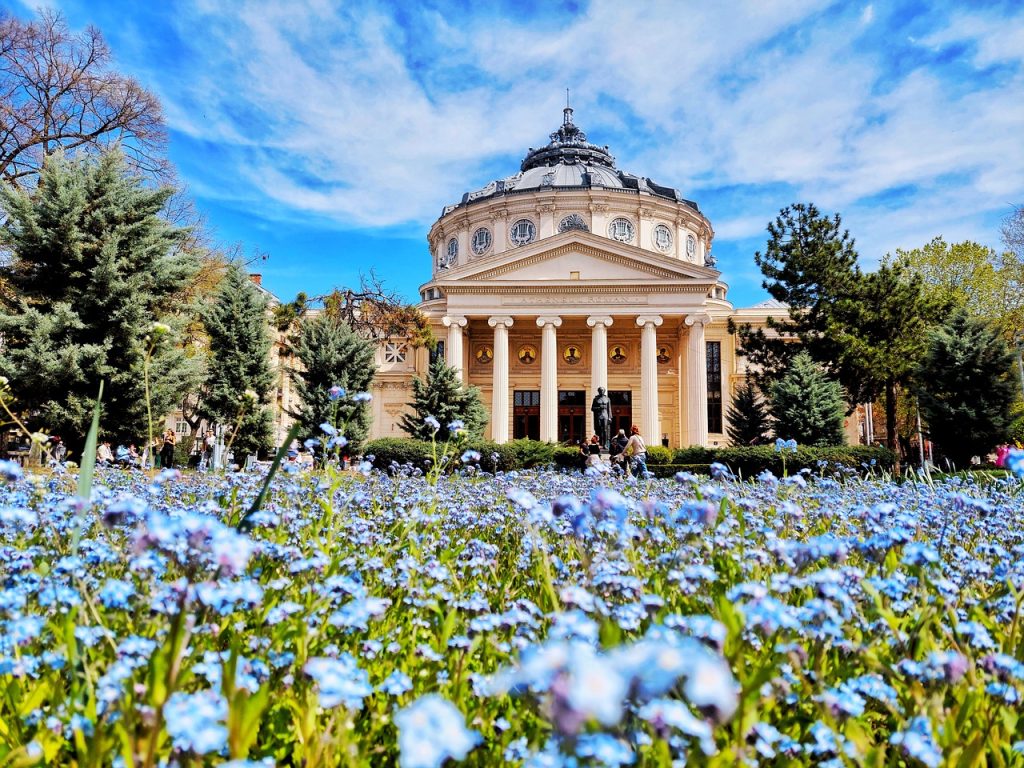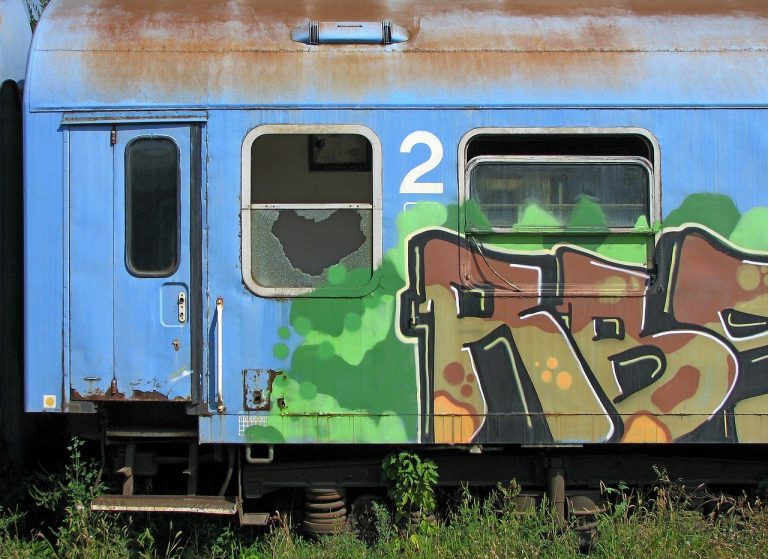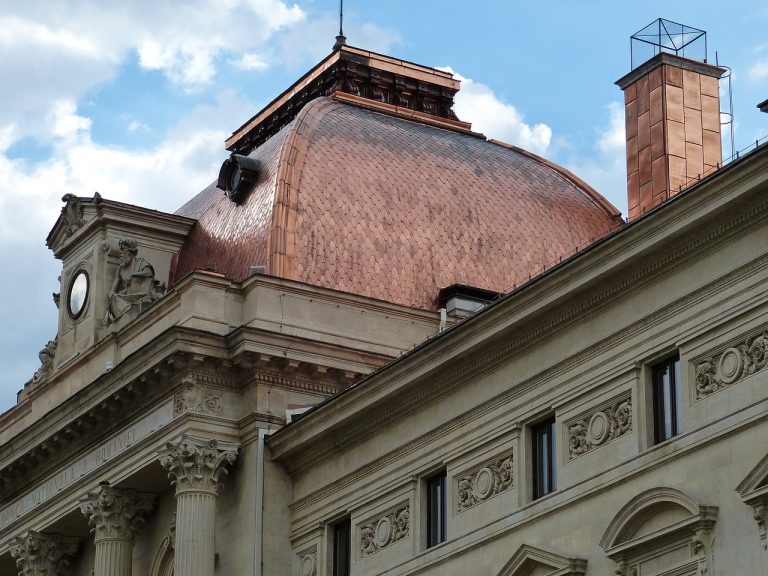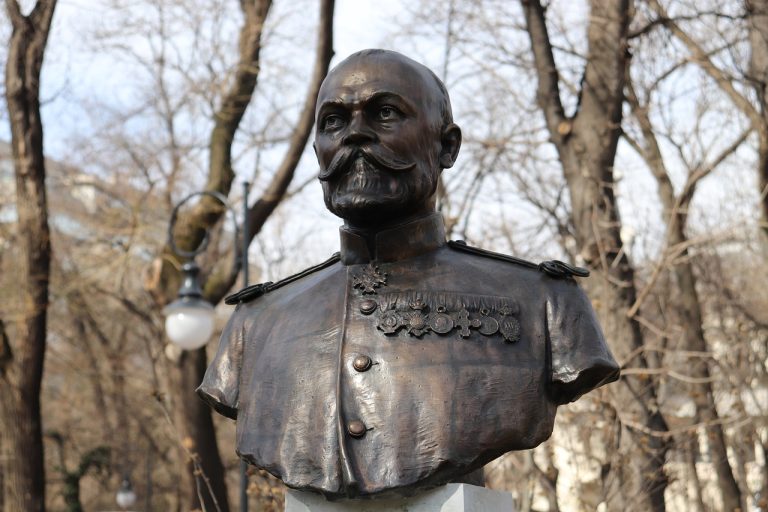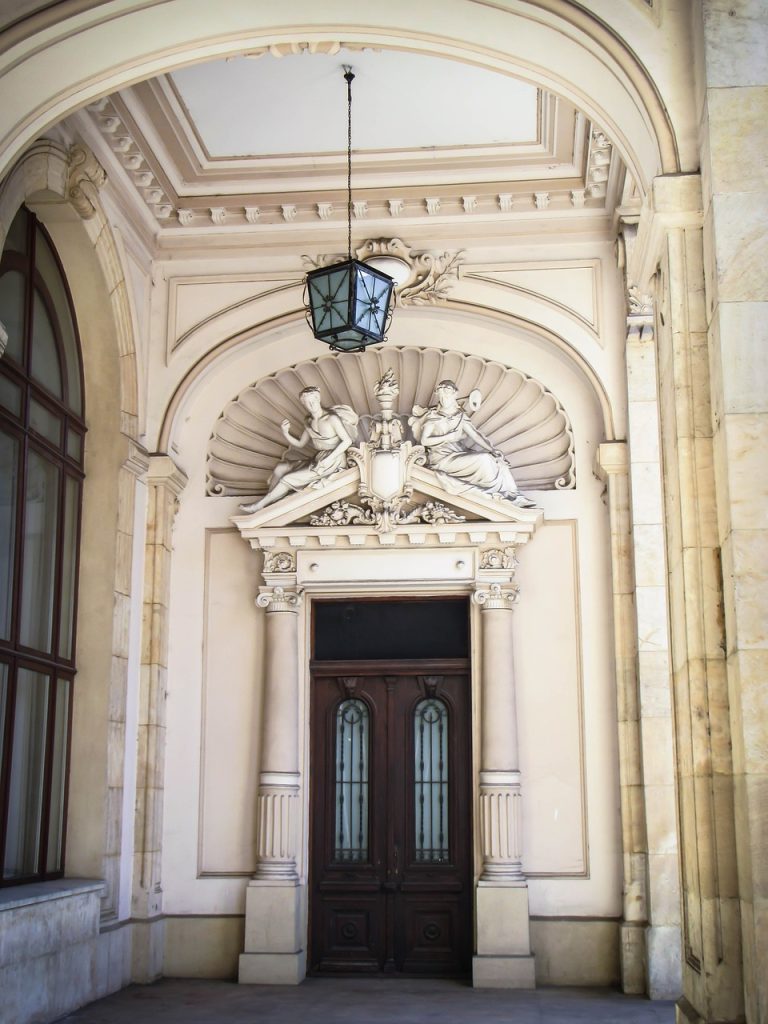Bucharest Romania Video
Architectural Wonders: Iconic Buildings in Bucharest, Romania
Bucharest, the capital city of Romania, is a treasure trove of architectural wonders. From historical landmarks to modern masterpieces, the city boasts a diverse range of iconic buildings that showcase its rich history and vibrant culture. In this article, we will explore some of the most notable architectural wonders in Bucharest, offering a glimpse into the city’s architectural splendor.
Palace of the Parliament
The Palace of the Parliament is one of the most impressive architectural achievements in Bucharest. Also known as the People’s House, it is the world’s heaviest building and the second-largest administrative building after the Pentagon. Constructed during the communist era, the palace showcases neoclassical and socialist realist architectural styles. It houses the Romanian Parliament, as well as museums and conference rooms.
- Size: The Palace of the Parliament covers an area of 330,000 square meters.
- Features: The building has 1,100 rooms, including 440 offices, four underground levels, and a rooftop terrace.
- Interesting Fact: The palace is adorned with luxurious materials, such as marble, crystal chandeliers, and gold leaf.
Arcul de Triumf
The Arcul de Triumf is a triumphal arch located in the northern part of Bucharest. Built to commemorate Romania’s independence, it stands as a symbol of the nation’s history and resilience. The arch combines neoclassical and art nouveau architectural elements, featuring intricate sculptures and ornate decorations.
- Height: The Arcul de Triumf stands at a height of 27 meters.
- Significance: It marks the entrance to the Kiseleff Boulevard, one of the city’s main thoroughfares.
- Interesting Fact: The current arch is the second version, as the first one was made of wood and was demolished in 1935.
Bucharest Romania Image 1: 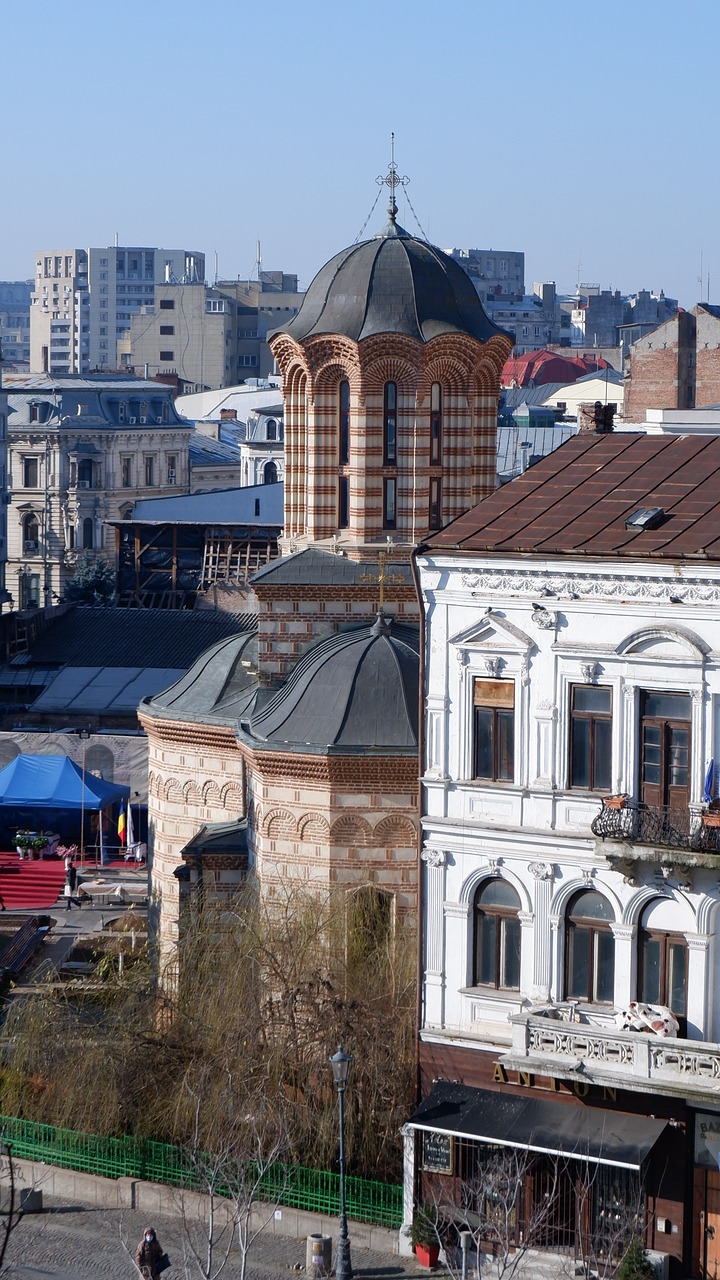
Stavropoleos Monastery
The Stavropoleos Monastery is an architectural gem hidden in the heart of Bucharest’s Old Town. Built in the 18th century, this Eastern Orthodox monastery stands out for its unique Brâncovenesc style, characterized by a harmonious blend of Byzantine, Renaissance, and Baroque elements. The monastery’s courtyard and church are adorned with intricate stone carvings and beautiful frescoes.
- History: The Stavropoleos Monastery was founded by Archimandrite Ioanichie Stratonikeas in 1724.
- Architecture: The monastery’s architecture reflects the influence of the Wallachian architectural style, prevalent during the reign of Prince Constantin Brâncoveanu.
- Interesting Fact: The monastery’s name, Stavropoleos, means “the city of the cross” in Greek.
Victory Avenue
Victory Avenue, also known as Calea Victoriei, is one of Bucharest’s most famous streets. It is a vibrant boulevard lined with remarkable buildings, elegant shops, and cultural institutions. The avenue showcases a mix of architectural styles, including neoclassical, art nouveau, and modernist designs.
- Historical Significance: Victory Avenue played a crucial role in Bucharest’s development during the late 19th and early 20th centuries.
- Landmarks: The avenue is home to notable landmarks such as the Romanian Athenaeum, the National Museum of Art, and the Royal Palace.
- Interesting Fact: Victory Avenue was initially called Podul Mogoșoaiei, named after a wooden bridge that used to span the Dâmbovița River.
Bucharest Romania Image 2: 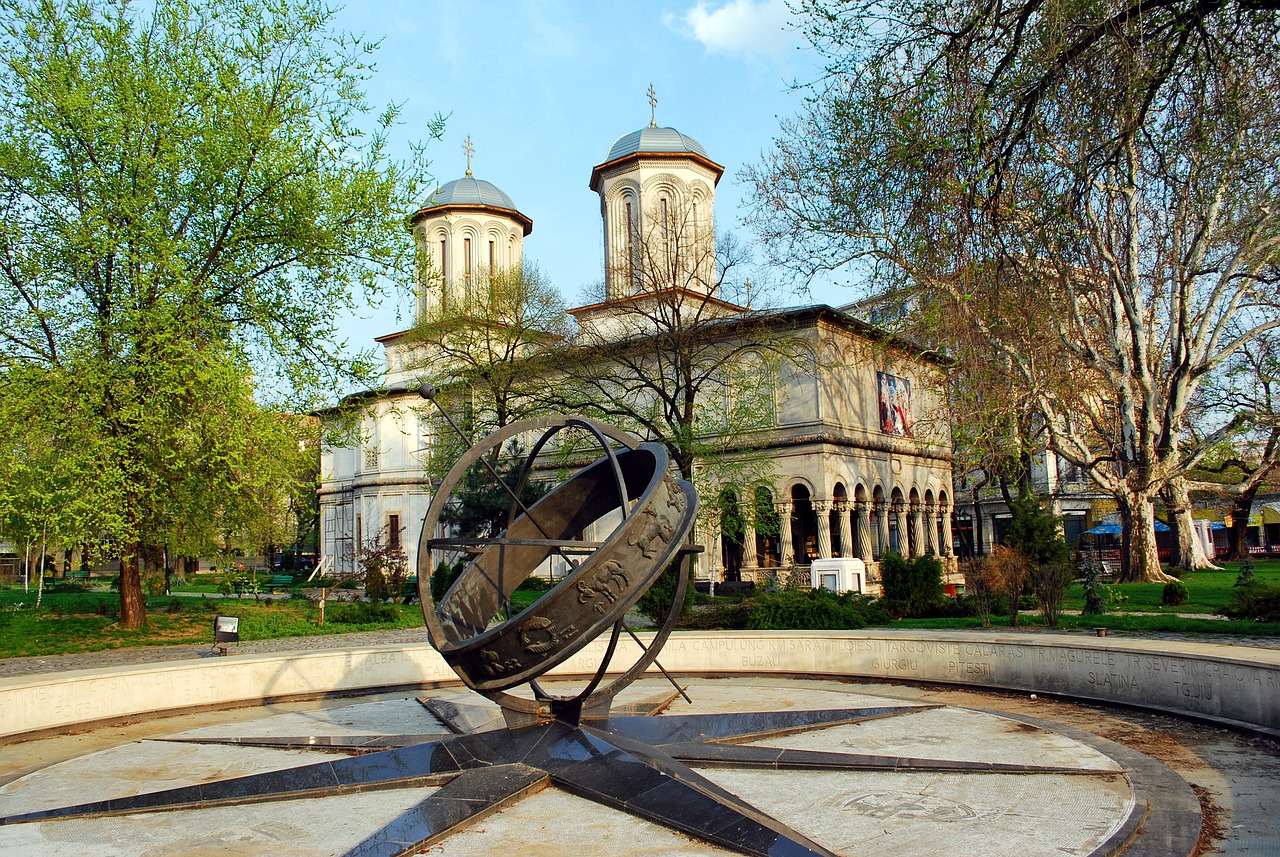
University of Bucharest
The University of Bucharest is one of the oldest and most prestigious educational institutions in Romania. Its main building, located in the city center, is a magnificent example of neoclassical architecture. The university’s facade features impressive columns, intricate sculptures, and a grand central staircase.
- Establishment: The University of Bucharest was founded in 1864, making it one of the first modern universities in Romania.
- Notable Alumni: The university has produced many prominent intellectuals, including Mircea Eliade, Emil Cioran, and Eugen Ionescu.
- Interesting Fact: The university’s library houses over two million volumes, making it one of the largest academic libraries in Romania.
Cotroceni Palace
The Cotroceni Palace, situated in the western part of Bucharest, serves as the official residence of the Romanian president. It is a stunning architectural masterpiece that blends elements of neoclassical, baroque, and art nouveau styles. The palace is surrounded by a vast park, offering a tranquil oasis in the heart of the city.
- History: The Cotroceni Palace was initially built as a monastery in the 17th century and later transformed into a royal residence.
- Presidential Residence: Since 1991, the palace has been the official residence of the President of Romania.
- Interesting Fact: The palace houses the National Cotroceni Museum, which displays artifacts related to Romanian history and culture.
Bucharest Romania Image 3: 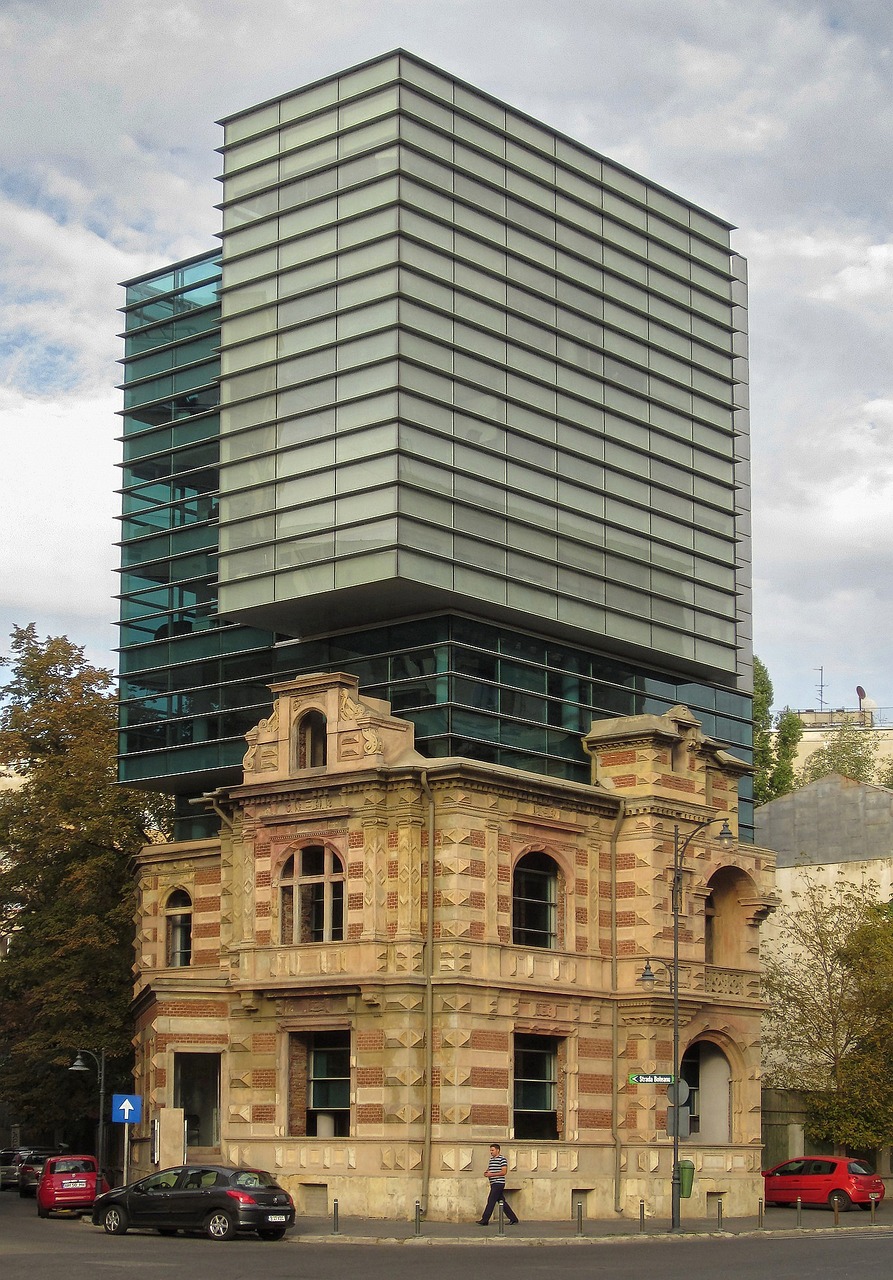
Athénée Palace Hilton Bucharest
The Athénée Palace Hilton Bucharest is a legendary hotel that has been an emblem of luxury since its opening in 1914. Its architectural style reflects a blend of neoclassical and art nouveau influences. Over the years, the hotel has hosted numerous dignitaries, celebrities, and important events.
- Historical Significance: During World War II, the hotel served as the headquarters for the German Army and later became a gathering place for international diplomats.
- Renovation: The hotel underwent extensive renovations in the 1990s to restore its original grandeur.
- Interesting Fact: The Athénée Palace Hilton Bucharest is known for its opulent interior, including the stunning La Strada terrace.
Herăstrău Park
Herăstrău Park is a vast green oasis located in the northern part of Bucharest. It is the largest park in the city and offers a serene retreat from the bustling urban environment. The park’s architectural highlights include the Herastrau Casino, the Japanese Garden, and the Dimitrie Gusti National Village Museum.
- Size: Herăstrău Park covers an area of approximately 187 hectares, including a large lake.
- Recreational Activities: The park provides various recreational opportunities, such as boating, cycling, and picnicking.
- Interesting Fact: The Dimitrie Gusti National Village Museum showcases traditional Romanian village life through a collection of authentic buildings.
Constitution Square
Constitution Square, also known as Piața Constituției, is a significant public space in Bucharest. It is home to notable buildings, including the Palace of the Parliament and the National Museum of Contemporary Art. The square’s design incorporates elements of modernism, featuring geometric shapes and open spaces.
- Landmark: The Palace of the Parliament, located in Constitution Square, is the largest administrative building in the world.
- Cultural Hub: The National Museum of Contemporary Art, situated in the former Royal Palace, showcases modern and contemporary Romanian art.
- Interesting Fact: Constitution Square was initially named Palace Square during the communist era.
Conclusion
Bucharest, Romania’s capital, is a city filled with architectural wonders that captivate visitors with their beauty and historical significance. From the grandeur of the Palace of the Parliament to the charm of the Stavropoleos Monastery, these iconic buildings showcase the city’s rich cultural heritage. Whether you’re a history enthusiast, an architecture lover, or simply curious about the city’s landmarks, Bucharest offers a captivating journey through its architectural wonders.
References
- palaceoftheparliament.ro
- arculdetriumf.ro
- stavropoleos.ro
- romaniatourism.com
- unibuc.ro
- cotroceni.ro
- hilton.com
- herastrau.ro
- muzeuldeartabucuresti.ro

